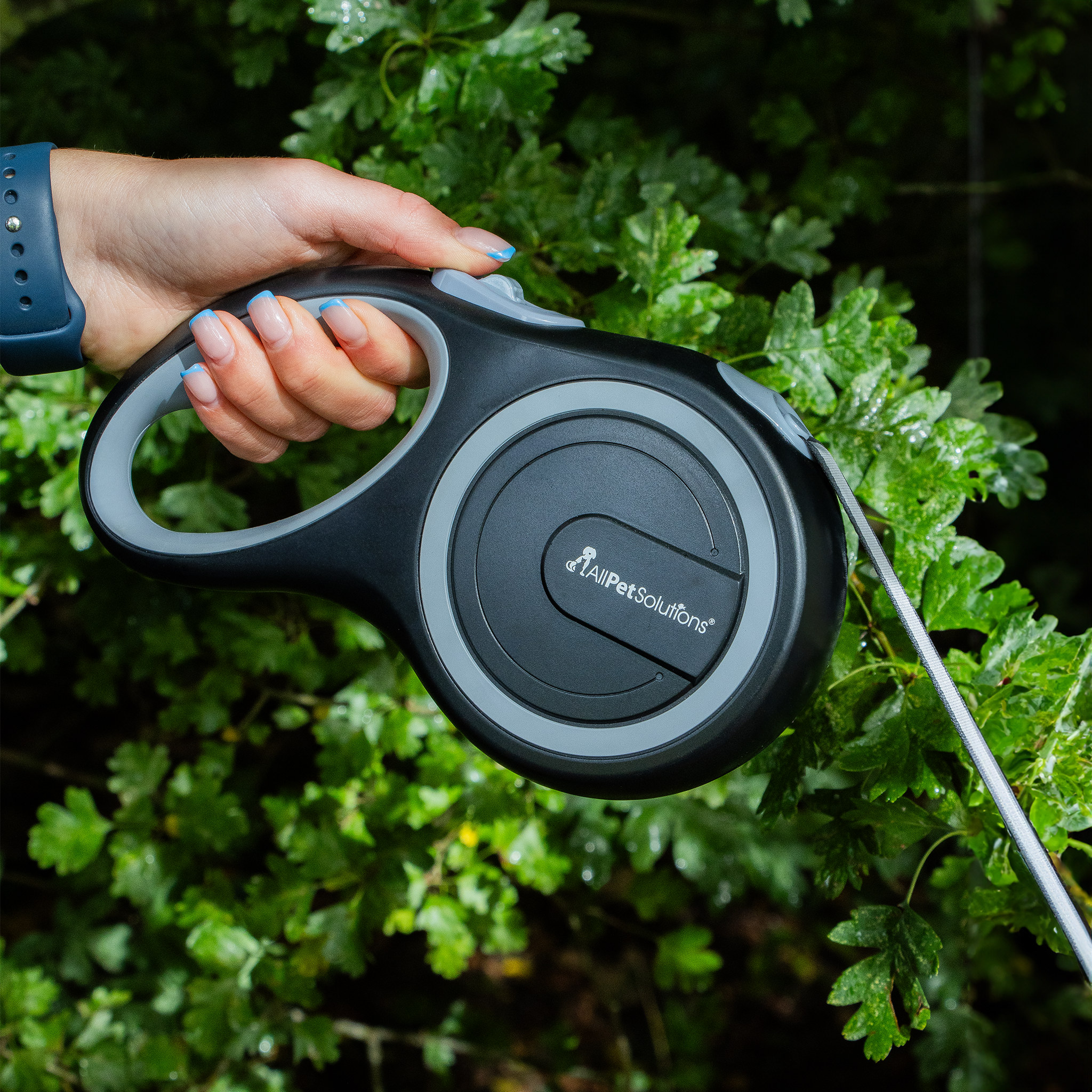How to Litter Train a Kitten
Litter training a kitten
Litter training your kitten shouldn’t be a difficult challenge since cats are naturally clean animals. There are different types of litter trays and it’s important to get the correct size for your cat. Introducing a kitten to a litter tray large enough for an adult-sized might be best, as they can then continue to use the same one as they grow without any disruption but you may consider the depth, as they may initially find it difficult getting in and out. As a rule, we recommend having a litter tray big enough for your cat to stand comfortably and move around in. If you have more than one cat it is recommended that there is at least one litter tray per cat, to ensure that they are able to go when they need to.
Where should I place the litter box?
A lot of cats will like their litter tray to be in an area away from their bed and placed in a quite location where they feel safe.
If you are introducing a new cat into your home, it’s important to show them where the litter tray is located. A kitten will often need to go soon after a meal, so keep an eye on your kitten at first, and placing them in the litter tray after meals when you see them sniffing, crouching or squatting like they need to go, this will help them learn where to go.
My cat doesn’t want to use the litter box
Cats may be discouraged from using their litter tray if it becomes too dirty or smelly and so ensure the litter tray is kept clean by scooping out waste daily and fully changing the litter when needed.
There are a number of factors which, although seem appealing to us humans, can actually deter your pet from using their tray. Such as using strong smelling cleaning products especially ‘citrus’ based product as this is a smell cats do not like.
While some cats love privacy of the hooded litter trays others can find it intimidating, as it can make them feel ‘trapped’ or cramped, as well as containing the odour, which can result in your pet not wishing to use the tray and may look to go elsewhere.
Outdoor cat litter box training
An outdoor cat sees their environment as one big litter box and goes where they wish so it might be trickier to introduce them to one. You need to make the litter tray part of their new indoor territory.
Bring your cat to the cat litter box after meal times and do some gentle digging motions with their paws. Do not scoop out the excrements for the first few times after your kitty cat uses the litter tray. While not pleasant for the owner, this will make cats feel more secure. You can also try giving your cat treats. These will compel them to use the litter box every time they need a bathroom break.
An outdoor cat that has never used a litter box is more familiar with soil, sand and unscented substrates. For this reason you should choose a very soft sand-like, unscented cat litter.
My outdoor cat pees and poops inside the house
There are certain factors which may cause your outdoor cat to urinate or defecate in the house, such as if your pet has not been neutered or spayed they will feel more territorial and you may find they mark their new territory by ‘spraying’ to leave their scent in certain areas. If you find this is a real behavioural problem, and are not planning to breed from your cat, we would recommend getting them ‘done’ as this can often fix certain behaviours, such as scent marking. You can also use a cat repellent to try and discourage soiling.

